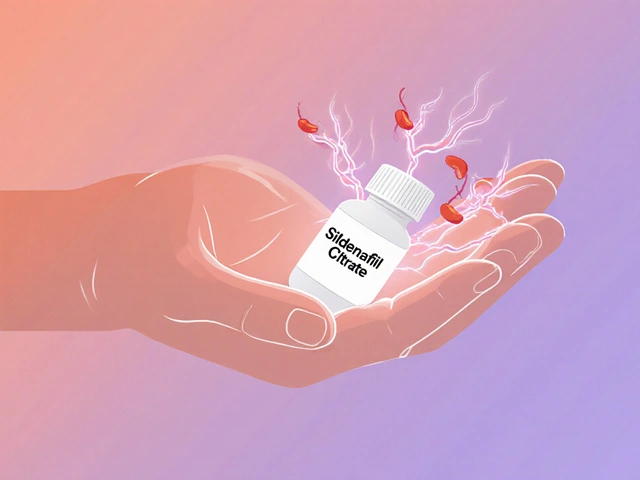Where to Safely Buy Prilosec Online: Tips, Risks, and Reliable Pharmacies
July 13 2025Lyme Disease: Symptoms, Tests, Treatment, and How to Get Help
If you think a tick bite might have given you Lyme disease, act quickly. A spreading red rash called erythema migrans (often a bull’s-eye) is the classic sign, but not everyone sees it. Early symptoms also include fever, headache, fatigue, and muscle aches. Weeks to months later you might get joint pain, numbness, or memory and mood changes. Symptoms vary, so if something feels wrong after being in tick country, talk to a clinician.
Testing and Diagnosis
Doctors usually use a two-step blood test: an initial ELISA, then a Western blot if the first is positive. These tests can be negative in the first few weeks because antibodies haven’t formed yet. If you have the typical rash, many clinicians start treatment without waiting for test results. Be ready to tell your provider when and where you were likely exposed — that detail matters more than you think.
Treatment and Practical Steps
Early Lyme is treated with oral antibiotics like doxycycline, amoxicillin, or cefuroxime for about 10–21 days depending on the case. In more severe situations — such as nervous system or heart involvement — IV antibiotics and specialist care may be needed. Don’t self-prescribe: the right drug and length of treatment depend on your age, pregnancy status, allergies, and how long you’ve had symptoms.
There’s a short-window prevention option: if a tick attached for a long time and you can see that it was likely feeding for over 36 hours, some doctors may give a single dose of doxycycline within 72 hours to lower the chance of Lyme. This is a decision for your clinician, not something to try on your own.
For symptom relief, rest, fluids, and OTC pain relievers help. If joint pain or fatigue lingers after antibiotics, ask for a follow-up — physical therapy or a referral to an infectious disease or rheumatology specialist can help manage ongoing issues. Post-treatment symptoms do happen, and targeted rehab often improves daily life.
Want to buy antibiotics online? Only use licensed pharmacies and always have a valid prescription. Check for verifications like PharmacyChecker or CIPA on Canadian sites, look for a clear contact address, and avoid sellers that skip prescriptions. Pharmacy2Home has guides on spotting safe online pharmacies—use them so you don’t risk fake meds.
Prevention is the best plan: use EPA-approved repellents (DEET or picaridin), wear long sleeves and light-colored clothing in tick areas, tuck pants into socks, and check your body and pets after outdoor time. If you find a tick, remove it with fine-tipped tweezers by grabbing close to the skin and pulling straight out; don’t twist, crush, or burn it.
Seek urgent care if you develop facial paralysis, severe headache with neck stiffness, confusion, fainting, or an irregular heartbeat. If you traveled to a known Lyme area and symptoms appear, tell your provider where you were and when. Early recognition and proper care usually lead to a good recovery.
 8 Nov
8 Nov
Sulfamethoxazole and its potential role in treating Lyme disease
As a keen aspirant in health research, I've found a fascinating connection that might just revolutionize our fight against Lyme disease. It's all about Sulfamethoxazole, a powerful antibiotic known for combating various bacterial infections. Recent findings suggest it may have potential use in treating this disease. So, on this page, let's explore together how this miracle drug might be our new weapon against Lyme disease and the ground-breaking research behind these bold claims.
Read More...




